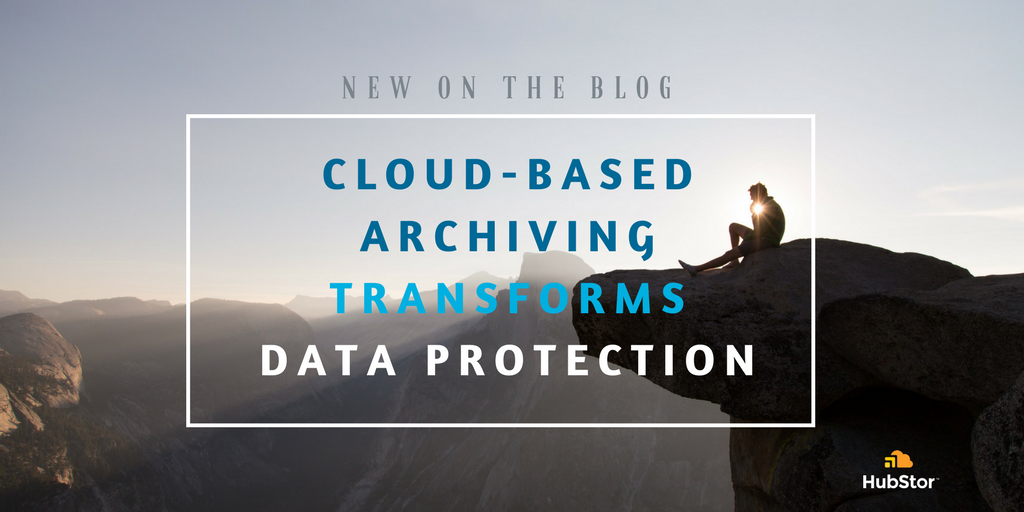Massive data growth is consuming primary storage capacity. IT must protect that data, but its sheer volume slows down data protection processes. Backup and replication overrun backup windows and impact performance. IT sinks more and more money into high performance backup and secondary storage capacity.
And here is the irony: within 30-90 days of creation, 60%–90% of all data becomes infrequently accessed or inactive. All that stale data takes up cycles and capacity on primary storage, yet data protection applications faithfully back up and replicate it to secondary storage. And backup delivers precious little value beyond large volume restores, because it’s awkward to search and restore individual backup files.
Traditional Archiving to the Rescue – Mostly
Traditional archiving solves these challenges. The process moves all that stale data, deduplicates and compresses it, and stores it on high capacity/lower performance storage tiers. Primary storage loses 60%-90% of the data sitting on its high-performance storage systems, which accelerates performance, shrinks backup windows, and optimizes replication. Meanwhile the archive tier is considerably easier to search and restore.
So Why Isn’t Everyone Doing It?
These are strong benefits, so why isn’t everyone archiving? Because although archiving is an obvious solution to saving time and money on backup, in practice on-premise archiving is expensive and time-consuming.
It’s expensive because on-premise archiving requires purchasing and operating hardware, software, and application integration. And it’s difficult and expensive to scale, which you will need to do if your goal is to archive 90% of data off your primary storage. It’s time-consuming because admins need to set policies and write scripts, verify, and troubleshoot; and do it all over again every time they add another archive data source.
That’s the bad news, but there is good news too: if basic archiving greatly benefits the backup process, data-aware cloud-based archiving transforms it.
Data-Aware Cloud-Based Archiving
Data-aware cloud-based archiving combines next-gen archiving software with public cloud computing architecture. The hyperscale public cloud enables economic archiving with near-infinite scalability, while advanced software improves traditional archiving with fast restores, high cost savings, and intelligent management.
Big Benefits
- Delivers traditional archiving value. The integration enables the high value benefits we already discussed: returning primary storage capacity, speeding up primary storage performance, slashing backup windows, and accelerating data searches.
- Saves money and time. The cost of archiving on the cloud is far lower than buying and managing on-premise archiving systems. There is no purchase cost and no hardware scaling expenses; you pay only for what you use. Your storage admins do not have to manage on-premise archiving systems, and you free up data center real estate.
- Intelligent workload management. Native software intelligence automates searches and manages workloads for value, which enables archiving as a strategic business function. IT can easily search departmental file shares for organizational restructuring and M&A projects. Attorneys can search for eDiscovery case data, while compliance managers can investigate home directories and legacy email archives of former employees.
- Fast RTOs. You can safely set faster RTOs thanks to next-gen archiving software. When a user needs to access a file or directory, no one must search through backup tapes. HubStor for example uses 0-byte stubs that automatically point to the archive. The user has the option to quickly restore an archived file, or to view it in the browser.
Backup has been around for decades, and after all this time it’s still complicated.
Simplify it.
Use cloud-based archiving to empower backup to do what it does best: protect active files for fast recovery. And use data-aware cloud-based archiving for what it does best: moving your aging data to cloud storage tiers for cost and time savings, fast restores, and strategic value.
We think of the cloud as a great opportunity to create an intelligent secondary storage platform with converged archive, backup, and DR.
Want to learn more about HubStor? Download the ESG lab validation report:



